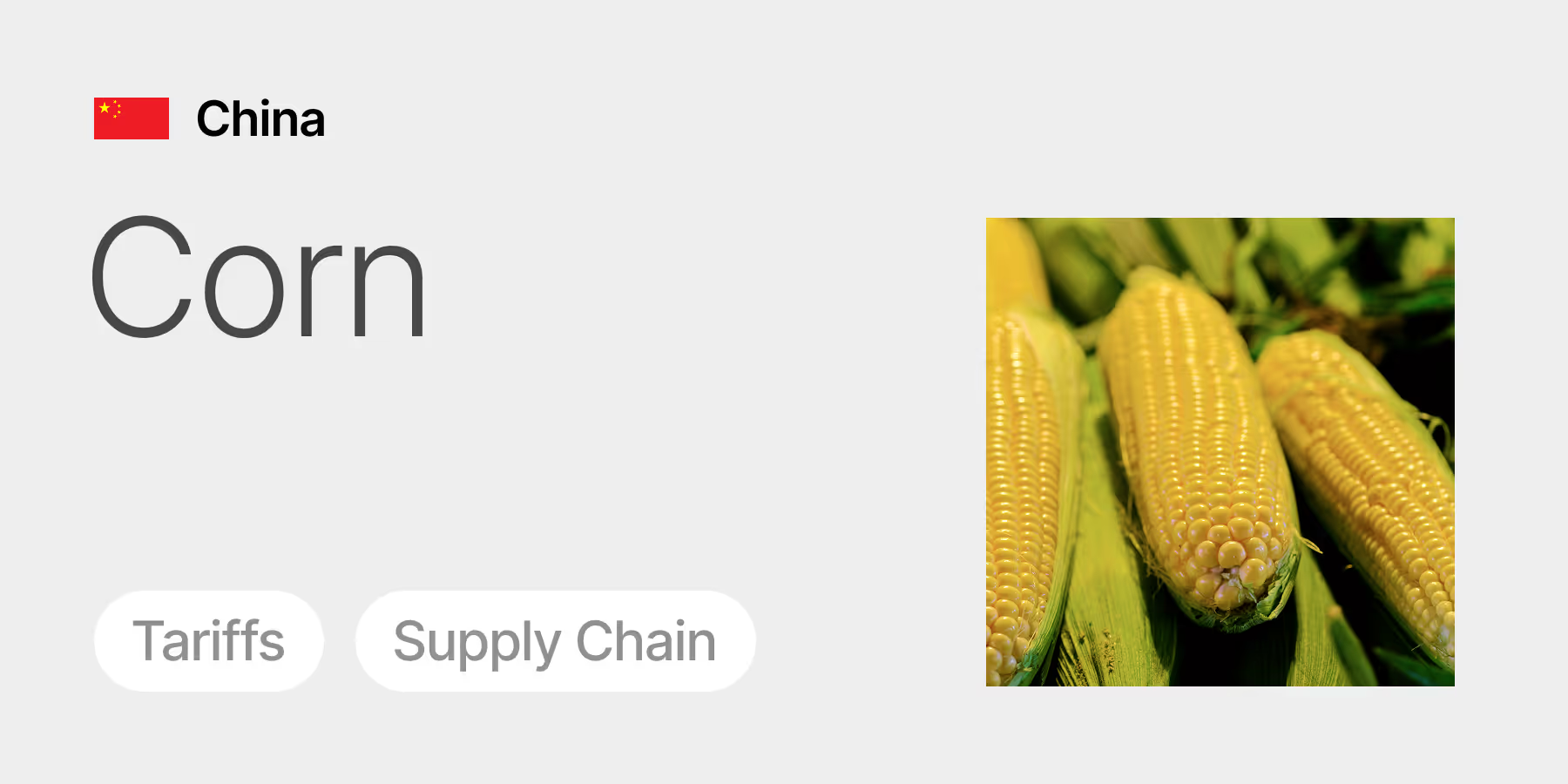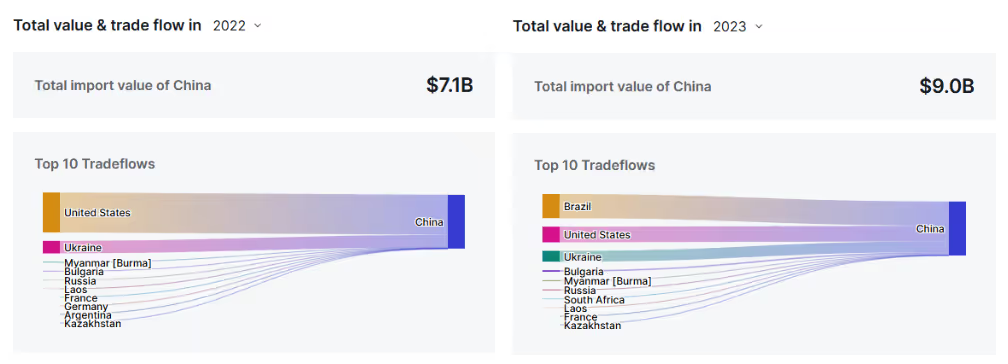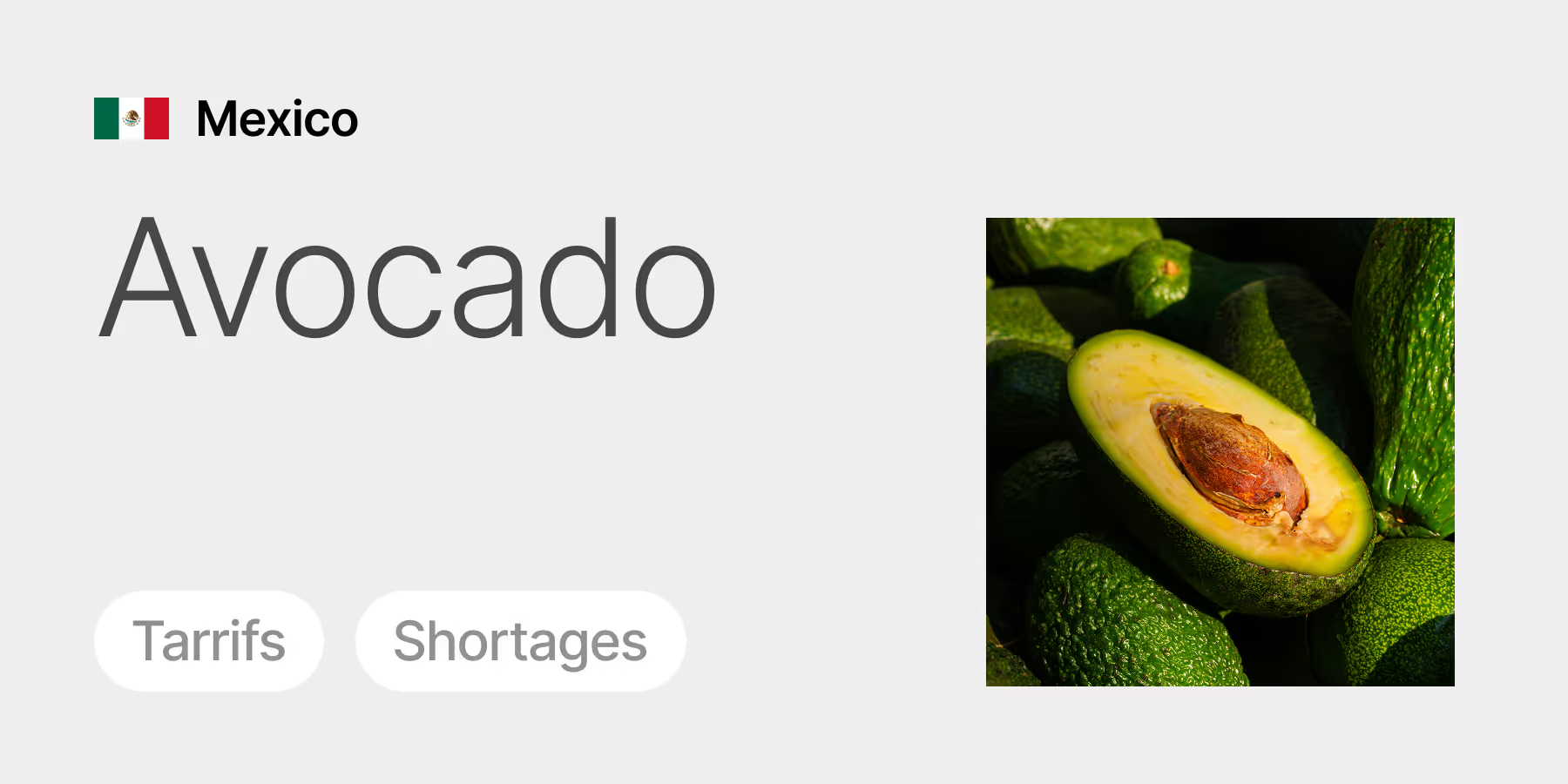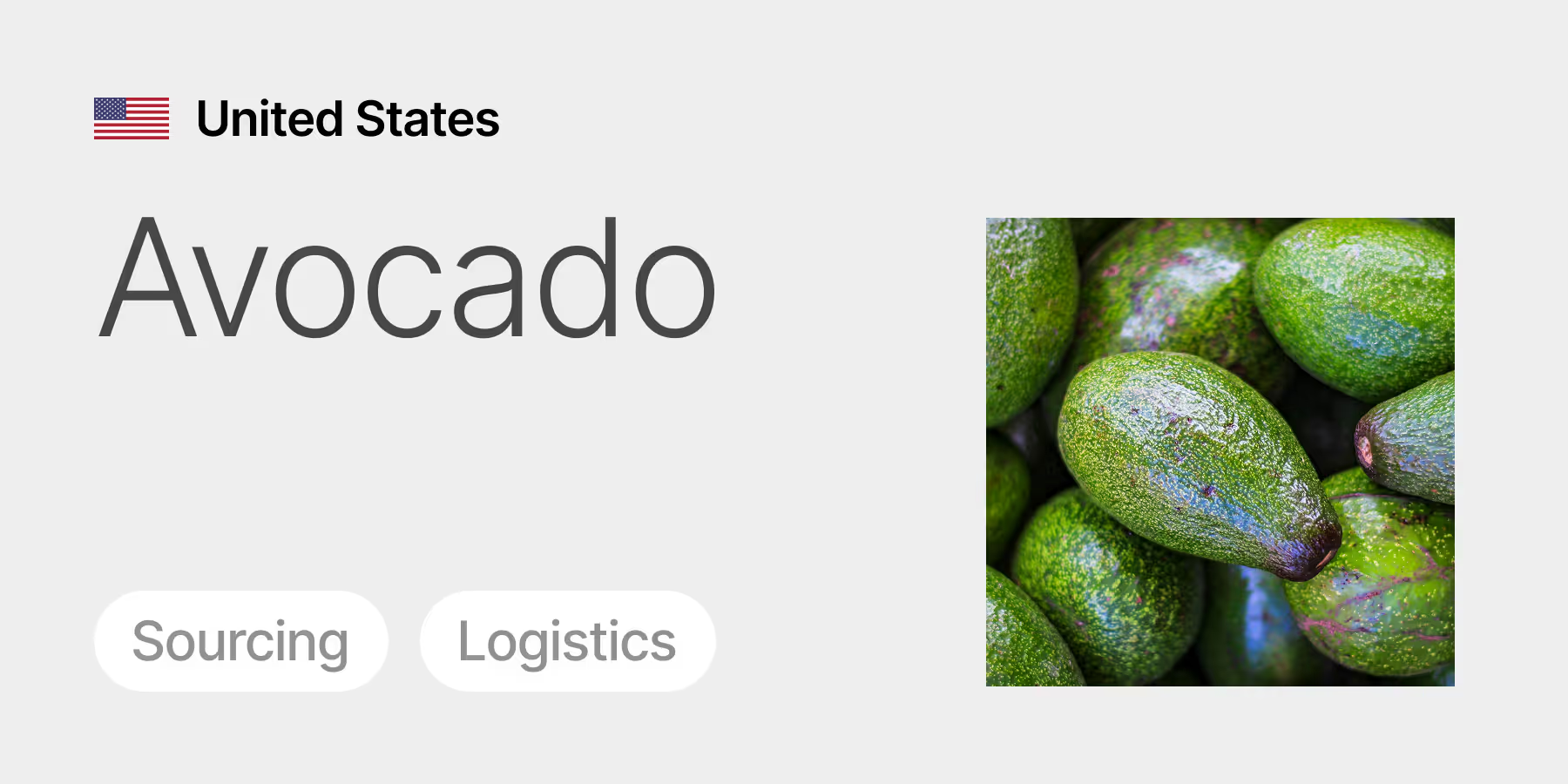
[Seoul, Apr. 24, 2025] – As U.S.–China trade tensions escalate once again, new analysis from Tridge shows that China’s agrifood supply chain has already undergone significant realignment. Drawing on China’s full trade flow data from 2021 to 2023, along with partial 2024 volumes, Tridge finds that China began restructuring its sourcing strategy years ago—suggesting that the impact of Trump-era tariffs may be far more limited today than during his first administration.
Long-Term Shift Evident in Soybeans and Corn
Fresh trade volume data from Tridge shows dramatic declines in U.S. exports to China and sharp gains for Brazil:
Soybeans
U.S. → China: 32.3 mmt (2021) → 22.13 mmt (2024) ↓31.5%
Brazil → China: 58.15 mmt (2021) → 74.65 mmt (2024) ↑28.4%
Corn
U.S. → China: 19.83 mmt (2021) → 2.07 mmt (2024) ↓89.6%
Brazil → China: 0 mmt (2021) → 6.47 mmt (2024) (new top supplier)
Tridge Market Analyst Mzingaye Ndubiwa noted, “This wasn’t a reaction to the 2025 tariff escalation. Our analysis shows that China began hedging its food security exposure during the first Trump administration. The structural pivot was already well underway before this year’s disruptions.”

Figure 1. Comparison of Chinese Imports from the US and Brazil of Soybeans(left), and Corn, Source: Tridge
Newly Surfaced Trade Flow Comparisons (2022–2023)
While full 2024 trade flow breakdowns are not yet available, Tridge has surfaced and visualized 2022–2023 trade flow data to contextualize the transformation in China’s corn sourcing by partner country. These insights were revisited and analyzed during the current tariff spike to illustrate the groundwork for today’s supply resilience.

Figure 2. Trade Flow Comparison: China’s Corn Imports by Country (2022 vs 2023)
Source: Tridge Eye
These charts show a sharp drop in U.S. share and Brazil’s emergence as a dominant supplier just in a year period, revealing a deliberate diversification already in motion prior to the latest policy shocks.
Tariffs Hit Record Levels—But China Is Insulated
As of April 2025:
- U.S. average tariff on Chinese goods: 124.1%
- China’s retaliatory tariff on U.S. goods: 147.6%, now covering 100% of imports
Despite this escalation, China’s food import continuity has not been significantly disrupted—largely due to its expanded ties with Brazil.
In 2023, Brazil exported over USD 59 billion in agrifood goods to China—accounting for ~25% of China's total agricultural imports. Their fourth presidential summit is scheduled for July 2025, signaling continued bilateral trade commitment.
Regional Hedging Beyond Brazil
Beyond its alignment with Brazil, China is deepening collaboration with the European Union and BRICS nations, reflecting a shift toward sourcing redundancy and geopolitical insulation.
Ndubiwa added, “China’s not just buying food. It’s building a firewall. These moves show that agrifood strategy now reflects political risk just as much as price or yield.”
About Tridge
Tridge is a global agrifood intelligence platform providing real-time trade data, sourcing insights, and supply chain analytics. Its tools—Tridge Eye and Tridge Sourcing Hub—enable procurement leaders to navigate disruption with confidence.


